Some background: I'm a skydiver and wingsuit base jumper. In early 2020, I was thinking about ways to make skydives without needing to buy an entire plane or helicopter to jump out of. Initially I was thinking about human lift drones, but it seemed impractical. Then it occurred to me: how hard would it really be to make a self-flying parachute? And if you can autonomously fly a parachute, why not a paraglider? Or even a paramotor. And so the idea for ParaDrone was born...
ParaDrone: Autopilot for Parachutes
Arduino based autopilot system for any parachute
 Kenny
Kenny
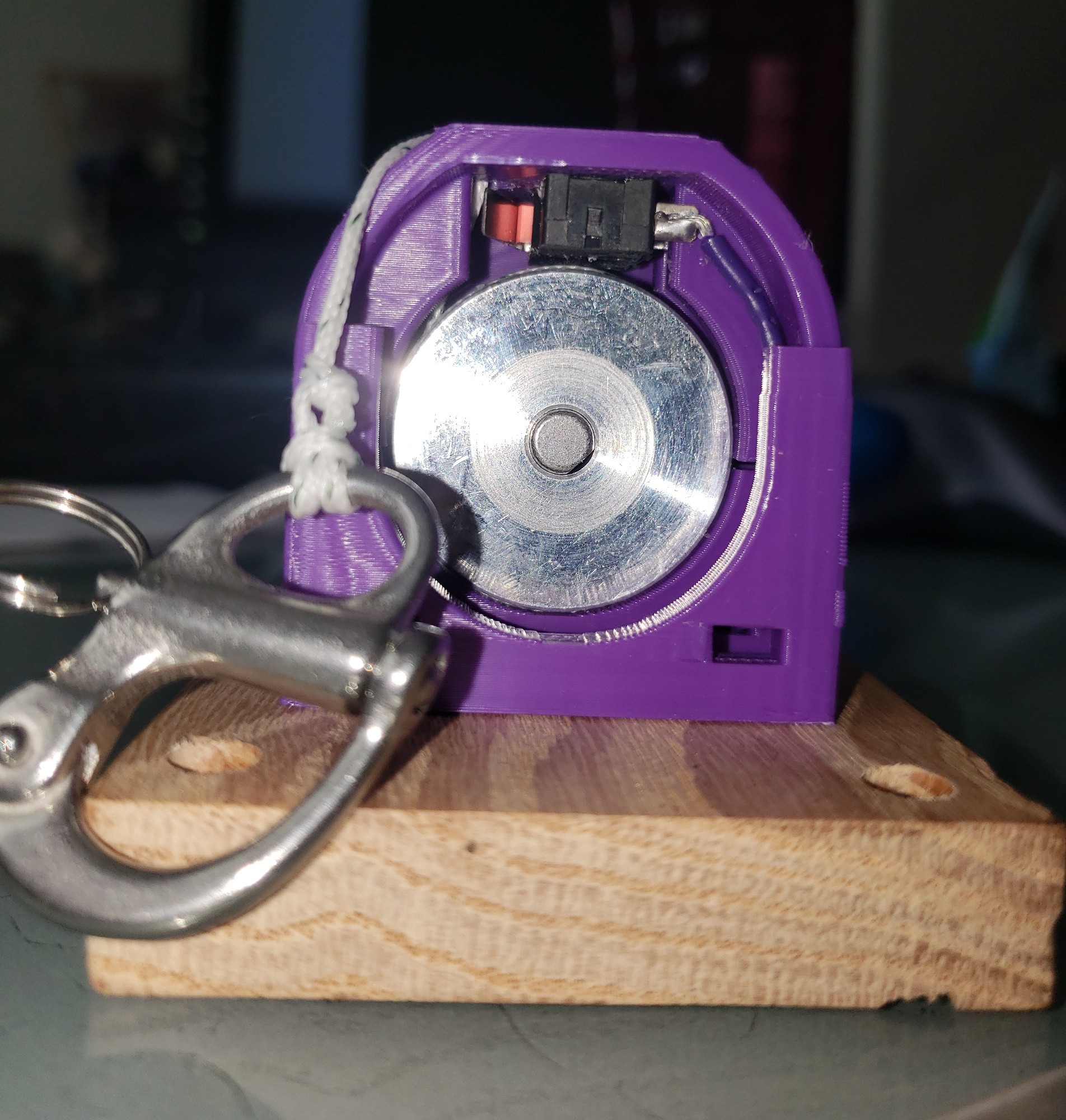
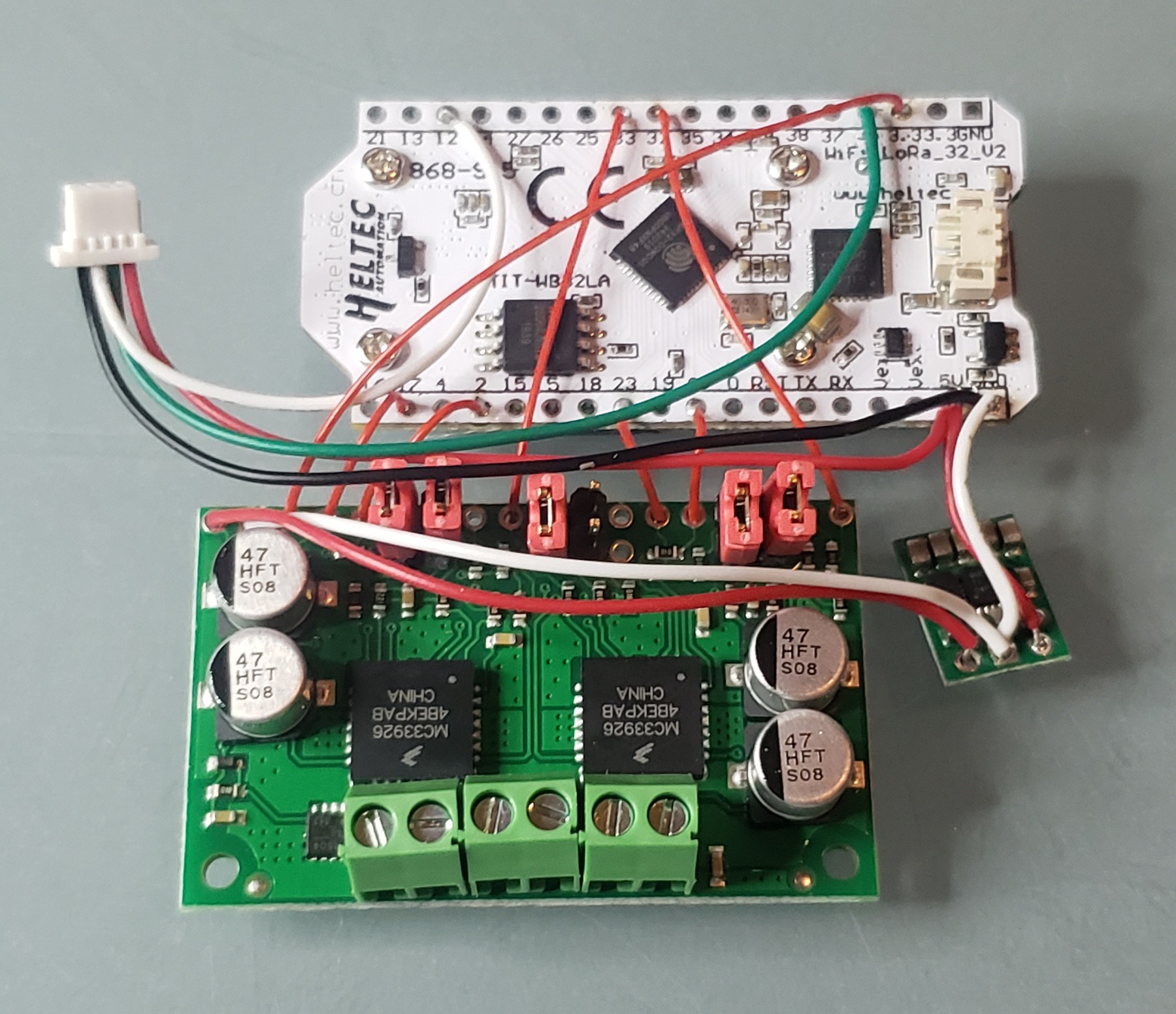
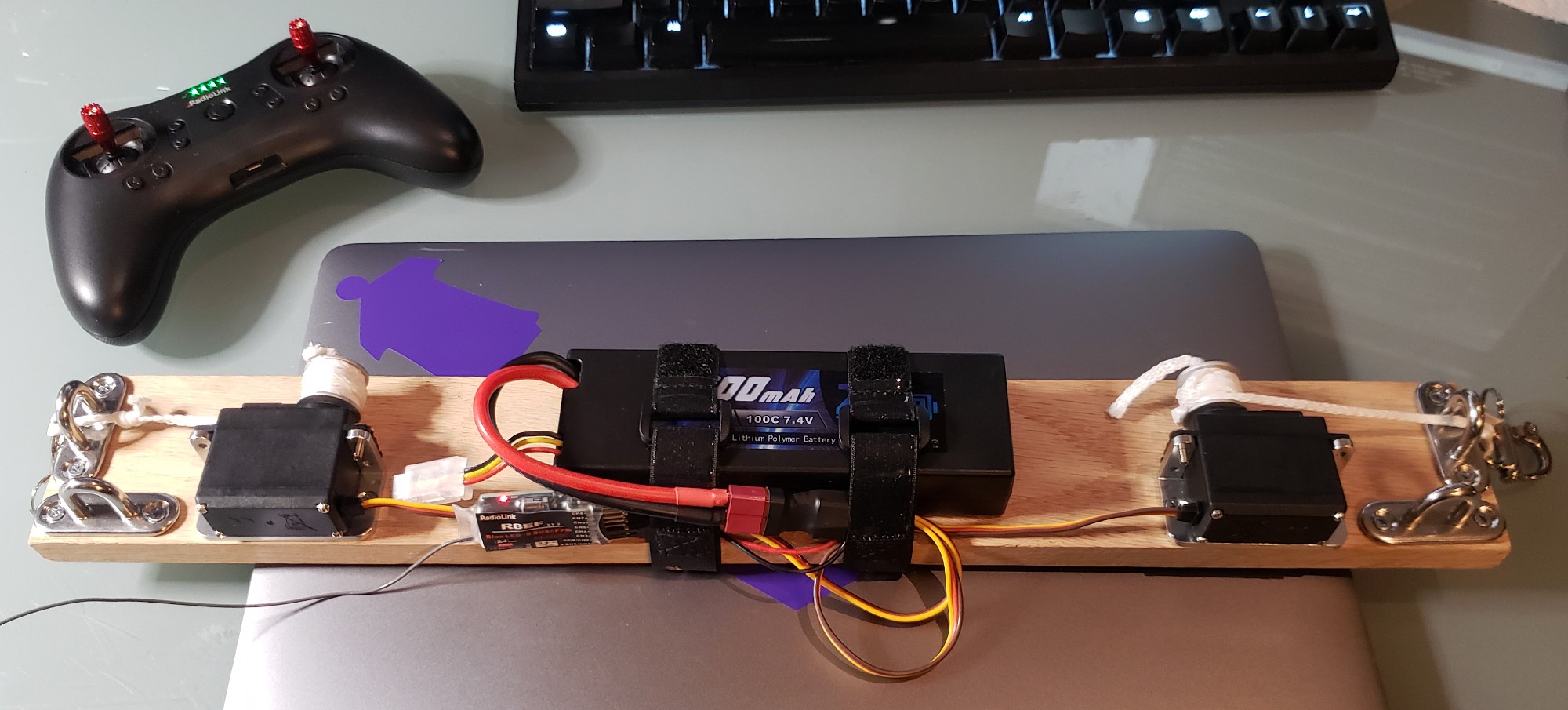
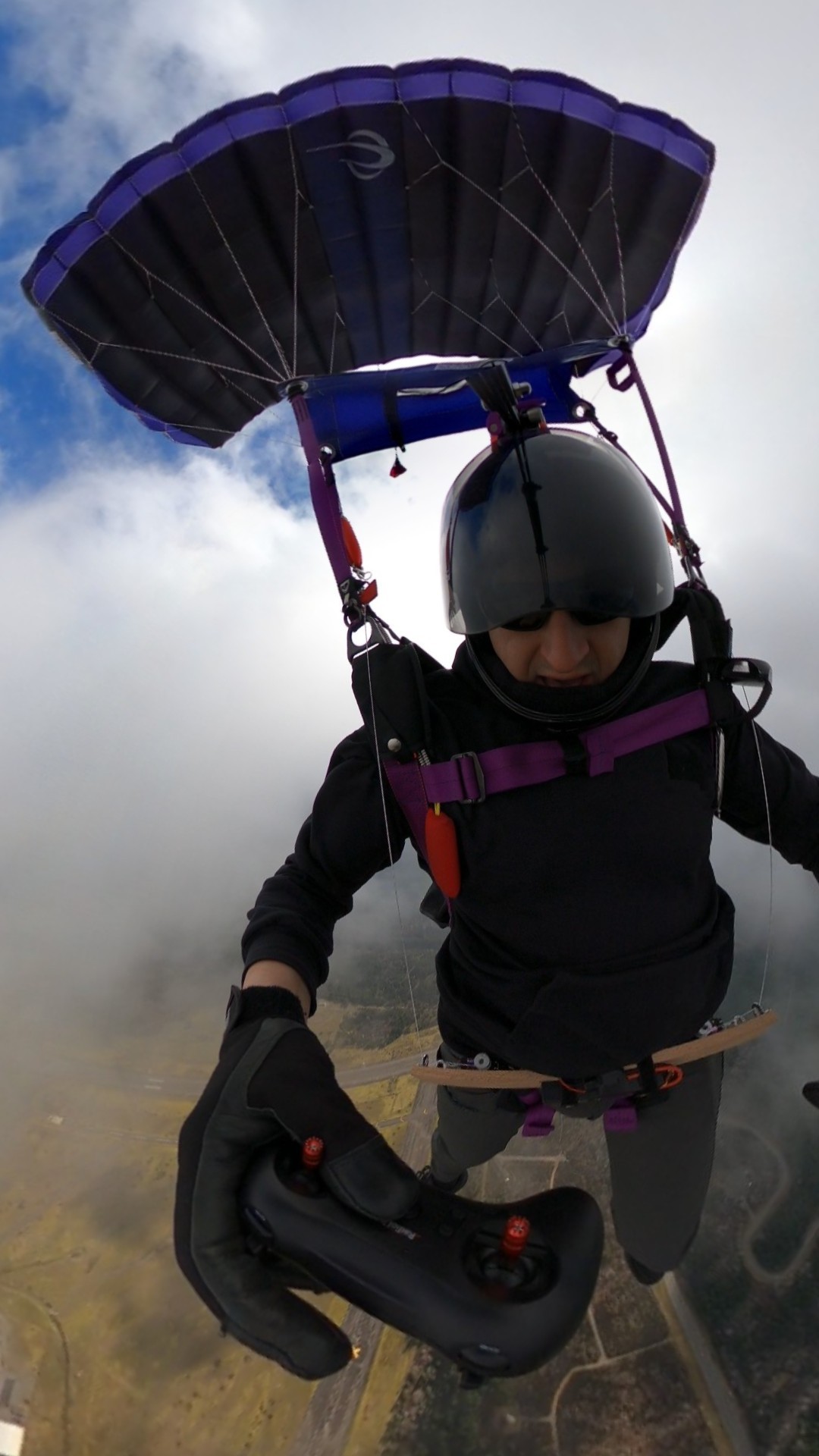

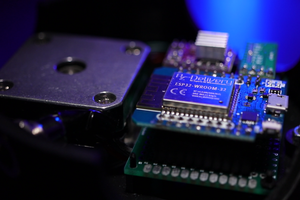
 Andy
Andy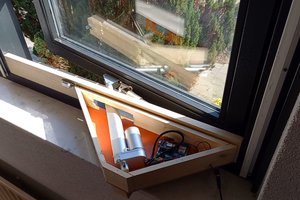
 Tsjakka
Tsjakka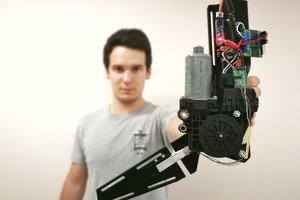
 Kristjan Berce
Kristjan Berce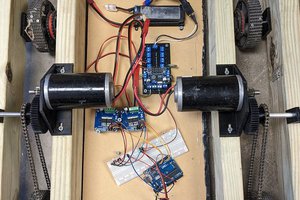
 David
David
Love the flight testing!